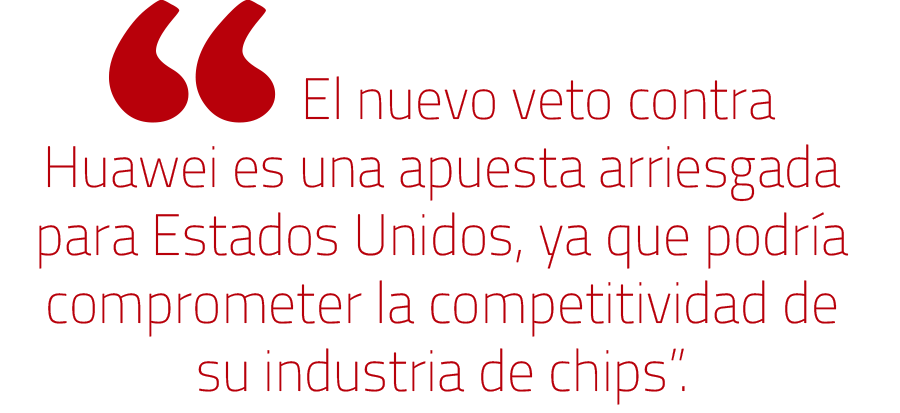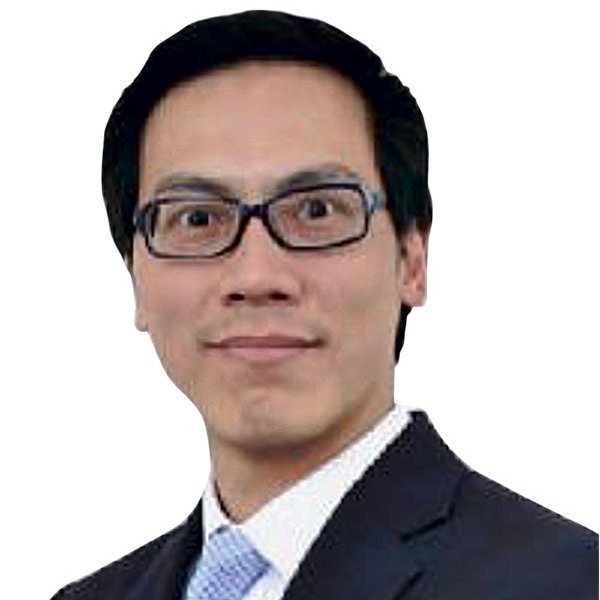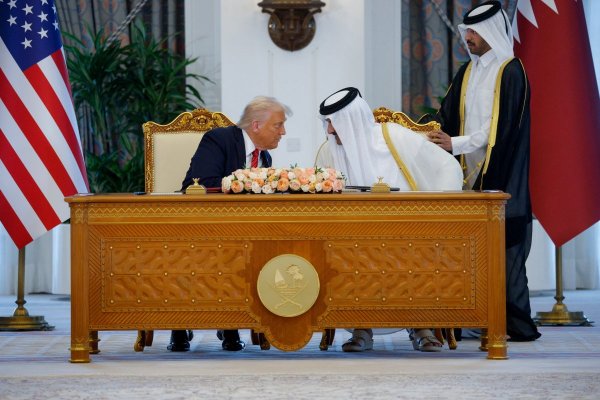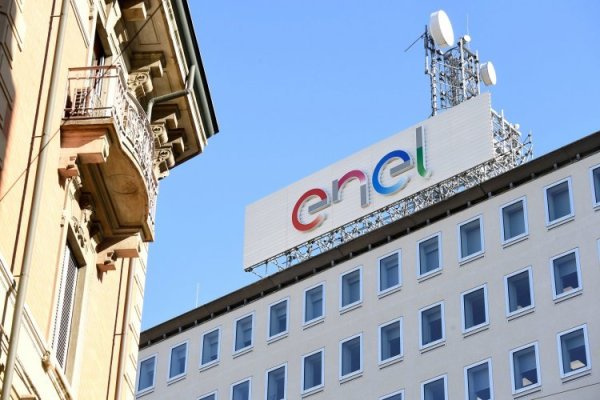DF Conexión a China | Guerra de semiconductores
Tzu-Hsin Shen miembro Consejo Asesor de Tsinghua LatAm Center, Socio en Shen Abogados y consultor en Eluchans Abogados
El 15 de mayo pasado, a un año del veto comercial, el Departamento de Comercio de Estados Unidos intensificó las medidas en contra de Huawei; y esta vez lo hizo con los semiconductores, un componente fundamental para la fabricación de equipos electrónicos, llevando así la guerra comercial a otro nivel.
Con ello, Huawei y sus filiales incluidas en la “Entity List” quedaron impedidas para comprar semiconductores de factura estadounidense y también de otros países si el producto presenta contenido o tecnología estadounidense, a menos que el vendedor cuente con autorización previa.

Evidentemente, este veto pone en jaque a la gigante tecnológica china, habida cuenta de que la cadena mundial de insumos y licencias para la producción de semiconductores está tan integrada, que sería prácticamente imposible que un actor pueda prescindir de dicha interdependencia. Sin embargo, esta medida es una apuesta arriesgada para Estados Unidos, ya que podría comprometer la competitividad de su industria de chips.
Así lo reportó Boston Consulting Group, que, en un informe sobre la materia publicado en marzo anticipó que un veto de esta naturaleza podría perjudicar el liderazgo de las empresas americanas de semiconductores y que su participación en el mercado relevante, que actualmente es de casi un 50%, caería a un 30%, conque gran parte de la cuota perdida yendo a parar a China y Corea del Sur.
Es probable que este nuevo veto, en lo inmediato, logre el efecto deseado, pero eventualmente las empresas afectadas se recuperarán y se volverán menos dependientes de los proveedores estadounidenses. Esto, dado que es de suponer que Huawei, ante la imposibilidad de contar con proveedores americanos y sus asociados, se vería obligada, por una parte, a potenciar su producción propia, y, por otra, a recurrir a otros productores chinos como SMIC y Tsinghua Unigroup, dando a estos últimos una inesperada oportunidad de crecimiento.
Otro actor importante a tener en cuenta en este nuevo escenario es Taiwan Semiconductor Manufacturing Co. (TSMC), que es la principal fundidora pure-play de semiconductores del mundo y que produce chips tanto para las grandes fabless como Qualcomm, Apple y Nvidia, como también para Huawei. Cabe destacar que TSMC fue la primera en producir semiconductores de 7nm (comercialmente) y 5nm (muestras), y había recién aceptado instalar en Arizona, EEUU, su nueva planta para la producción comercial de semiconductores de 5nm, la más avanzada a esta fecha, con una inversión estimada de US$ 12 mil millones, que estaría operativa para 2024.
En este nuevo escenario, TSMC quedaría impedida para exportar su nuevo producto a uno de sus principales clientes, Huawei, lo cual no debe ser cómodo. Dado el volumen que TSMC maneja, su decisión sobre hacia dónde dirigir su futuro crecimiento podría ser gravitante para el desarrollo de la industria.
Semiconductor warfare
Tzu-Hsin Shen
Lawyer, member of the Advisory Board at Tsinghua University LatAm Center, Partner at Shen Abogados and consultant at Eluchans Abogados
On May 15, one year after issuing a trade veto, the US Department of Commerce intensified measures against Huawei; and this time it did so in semiconductors, a fundamental component for the manufacture of electronic equipment, thus taking the trade war to another level.
This prevented Huawei and its Entity List subsidiaries from buying semiconductors from the US and other countries if the product has US content or technology, unless the seller has prior approval.
Clearly, this veto puts the Chinese technology giant in check, given that the global chain of supplies and licenses for the production of semiconductors is so integrated that it would be virtually impossible for one player to dispense with such interdependence. However, this measure is a risky bet for the United States, as it could compromise the competitiveness of its chip industry.
This was reported by the Boston Consulting Group, which, in a report on the subject published in March, anticipated that a veto of this nature could harm the leadership of American semiconductor companies and that their share of the relevant market, which is currently almost 50%, would fall to 30%, with much of the lost share going to China and South Korea.
It is likely that this new veto will, in the immediate term, have the desired effect, but eventually the affected companies will recover and become less dependent on American suppliers. This is because it is to be expected that Huawei, faced with the impossibility of buying form American suppliers and their associates, would be forced, on the one hand, to boost its own production, and, on the other, to turn to other Chinese producers such as SMIC and Tsinghua Unigroup, giving them an unexpected opportunity for growth.
Another important player to take into account in this new scenario is Taiwan Semiconductor Manufacturing Co. (TSMC), which is the world's leading pure-play semiconductor smelter and produces chips for fabless companies such as Qualcomm, Apple and Nvidia, as well as for Huawei. It should be noted that TSMC was the first to produce 7nm (commercial) and 5nm (sample) semiconductors, and had recently agreed to locate in Arizona its new plant for commercial production of 5nm semiconductors, the most advanced to date, with an estimated investment of US$ 12 billion, which would be operational by 2024.
In this new scenario, TSMC would be prevented from exporting its new product to one of its main customers, Huawei, which should not be comfortable. Given the volume that TSMC handles, its decision on where to direct its future growth could be relevant for the development of the industry.

 Instagram
Instagram Facebook
Facebook LinkedIn
LinkedIn YouTube
YouTube TikTok
TikTok















